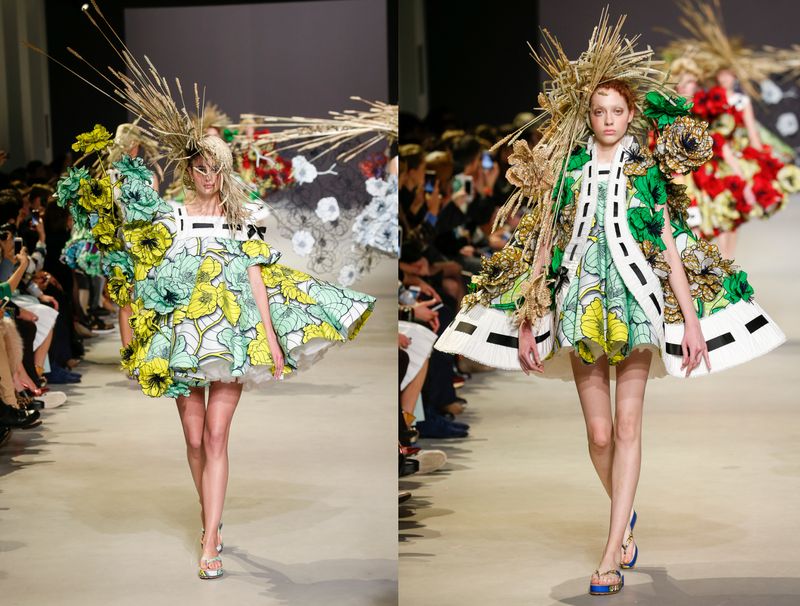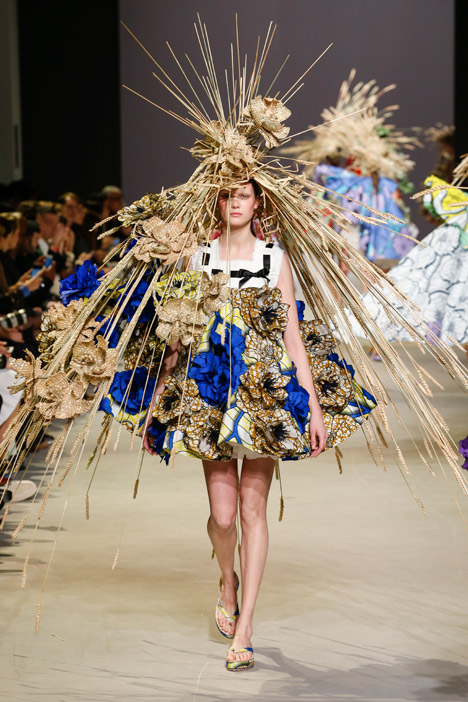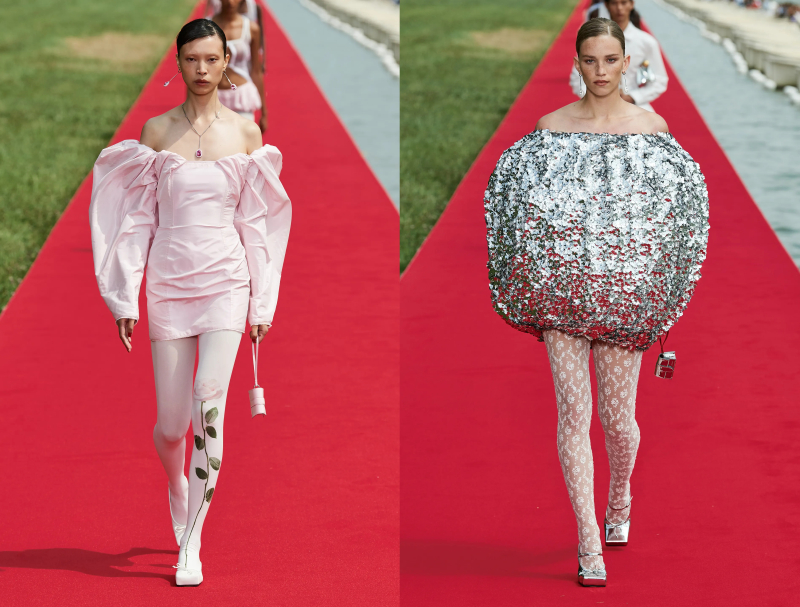by Amina Khan (Atlantic £12.99)
The sea cucumber is not a creature blessed with much beauty or brains.
It looks like a pickle with some unmentionable skin disease and, in fact, it has no brain at all — just a ring of nerves around its mouth which stretch down the length of its body.

It does, however, possess one secret superpower: when threatened, it can go rigid, turning from the consistency of playdough to hard plastic.
And recently, by studying this strange creature, scientists in the U.S. have been able to create a material that can similarly change from hard to soft and back again.
(The sea cucumber also has the ability to shoot its lungs out of its bottom, but this skill has so far proved less inspirational to researchers.)
This is an example of what is known as ‘biologically inspired design’ or ‘biomimicry’.
It’s a thriving field of scientific endeavour — as Amina Khan’s wide-ranging book reveals, the sea cucumber is only one of many animals that are currently being studied.
Cuttlefish, which can change colour with bewildering speed, are proving useful to military scientists wanting to create more effective camouflage gear.
Leading fashionistas are also showing interest in fabrics that alter their designs as the model moves down the catwalk.

Looking at the bumps on the fins of humpback whales may improve the design of wind turbines, and scientists are learning from ant colonies how better to control traffic.
Biomimicry is not new. In 1941, the Swiss inventor George de Mestral returned from walking his dog and the animal’s fur was covered with burrs. De Mestral struggled to pull them off.
Curious as to why they were so sticky, he examined them under a microscope and saw tiny, looped hooks.

Ten years later, he patented Velcro, which makes use of the same principles.
Today, robotics has proved a particularly fruitful area for those interested in biologically inspired design. There are researchers in the U.S. working on flying robots based on hummingbirds and worm-like robots that burrow underground.
In the not too distant future there could even be swarms of bee-like machines, working together to survey vast areas of another planet.
Howie Choset, a roboticist at Carnegie Mellon University in the U.S., has already created a snake robot. This can slither into holes and crevices that humans and more cumbersome machines can’t access.
Choset’s hope is that it will one day prove invaluable in the aftermath of earthquakes, fires and other disasters.
In 2011, he took his creation to Egypt to see if it could help in the investigation of archaeological sites. Sadly, it failed to traverse the sandy slopes of the desert, though it did cause a stir when it climbed up the inside leg of the chief of the Supreme Council of Antiquities.
Perhaps the most productive work in biologically inspired design could be, in the future, linked with a concept known as ‘emergence’.

In Khan’s words, this is ‘the way that large-scale, complex systems can arise out of very simple interactions between many different agents, without any central plan’.
In nature, an ant colony is an example of emergence; in human technology, there is the internet.
The ‘Anternet’, as one scientist working in the field calls it, has probably been around for roughly 150 million years. There are 14,000 species of ants, of which we’ve studied about 50 in detail.
Maybe by looking closely at other species, we can discover networking algorithms that have been used by ants for eons and could be useful to us.
‘Study nature, not books,’ the 19th-century zoologist Louis Agassiz once said.
Khan’s fascinating book shows just how much modern scientists have taken his words to heart. By doing so, they have produced some mind-boggling results.
Source: dailymail.co.uk
